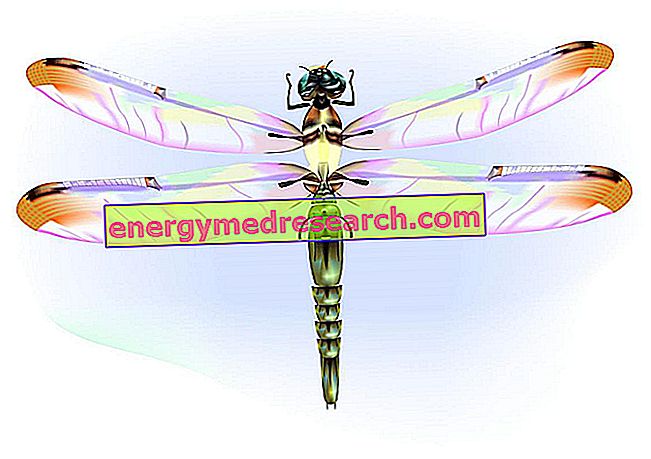What is dwarfism
Dwarfism is a serious statural defect, for which - at the end of puberty - the height does not reach 130 cm in men and 125 cm in women. When the stature exceeds these values, but remains however below the meter and a half, one speaks of moderate statural hypo-evolutionism. However, given the great variability among the different ethnic groups, the reference structural values remain indicative.
There is talk of infantilism / dwarfism when in the post-pubertal period the severe somatic deficit is accompanied by the permanence of the characteristic traits of childhood. Furthermore, harmonic nanisms can be distinguished from other disharmonic; in the first case the body proportions, the intellectual development and the sexual one fall within the norm, while in the second case the natural harmony between the various body segments is lost.
Classification and Causes

He Pingping, with his 73 cm in height, has long been the lowest man in the world (in the photo we see him at the age of 20, shortly before his death on March 13th 2010); his dwarfism was due to a disease known as imperfect osteogenesis, which includes a heterogeneous group of hereditary connective tissue disorders.
All these clarifications are necessary to classify the many forms of dwarfism.
One of the most frequent, called pituitary dwarfism, is caused by a defect in the secretion and / or action of GH (somatotropic or growth hormone). This disease leads to a severe growth deficit, but no intelligence defects or large abnormalities in sexual development are noted (puberty is however delayed). It is therefore a form of harmonic dwarfism. The form of thyroid origin is instead a typical example of disharmonic dwarfism: the limbs are poorly developed with respect to the trunk and the appearance of the face reflects the severe mental deficiency (mixed-facial facies, with eyelids and swollen lips, thick tongue protruding from the mouth) . Sexual development is also severely impaired: secondary puberty does not mature at puberty and menarche does not appear in women.
Dwarfism can also be malformative / disharmonic; this is the case, for example, of achondroplasia, a hereditary genetic disease, with an autosomal dominant pattern, which affects the cartilages and manifests itself with a frequency of about one case out of 10, 000 / 20, 000 live births. This incidence makes it the most common of the various forms of dwarfism (responsible for 7 out of 10 cases). The early welding of conjugation cartilages is accompanied by the brevity of the limbs, especially of the proximal segments, with respect to the trunk. Thighs and arms are therefore extremely short, while sitting height is almost normal. Intellectual and sexual development fall within the norm; the hands are short and square, with the same length as the last four fingers; the head is very voluminous and rounded, with a prominent front.
Other forms of dwarfism include imperfect osteogenesis (bone dwarfism), mucopolysaccharidosis, Hurler syndrome or gargoilism, Morquio syndrome, Virchow-Secke syndrome and Turner syndrome.
Treatment
To learn more: Drugs for the Treatment of Dwarfism
The possibilities of treatment are subordinated to the causes of origin; in children and adolescents affected by pituitary dwarfism, statural growth can be promoted by appropriate hormonal therapies, specifically by daily injections of somatotropin (growth hormone).
The controversial surgical technique of osteogenetic distraction can instead help to lengthen, correct and stabilize the bone malformations that accompany acondroplastic dwarfism.



